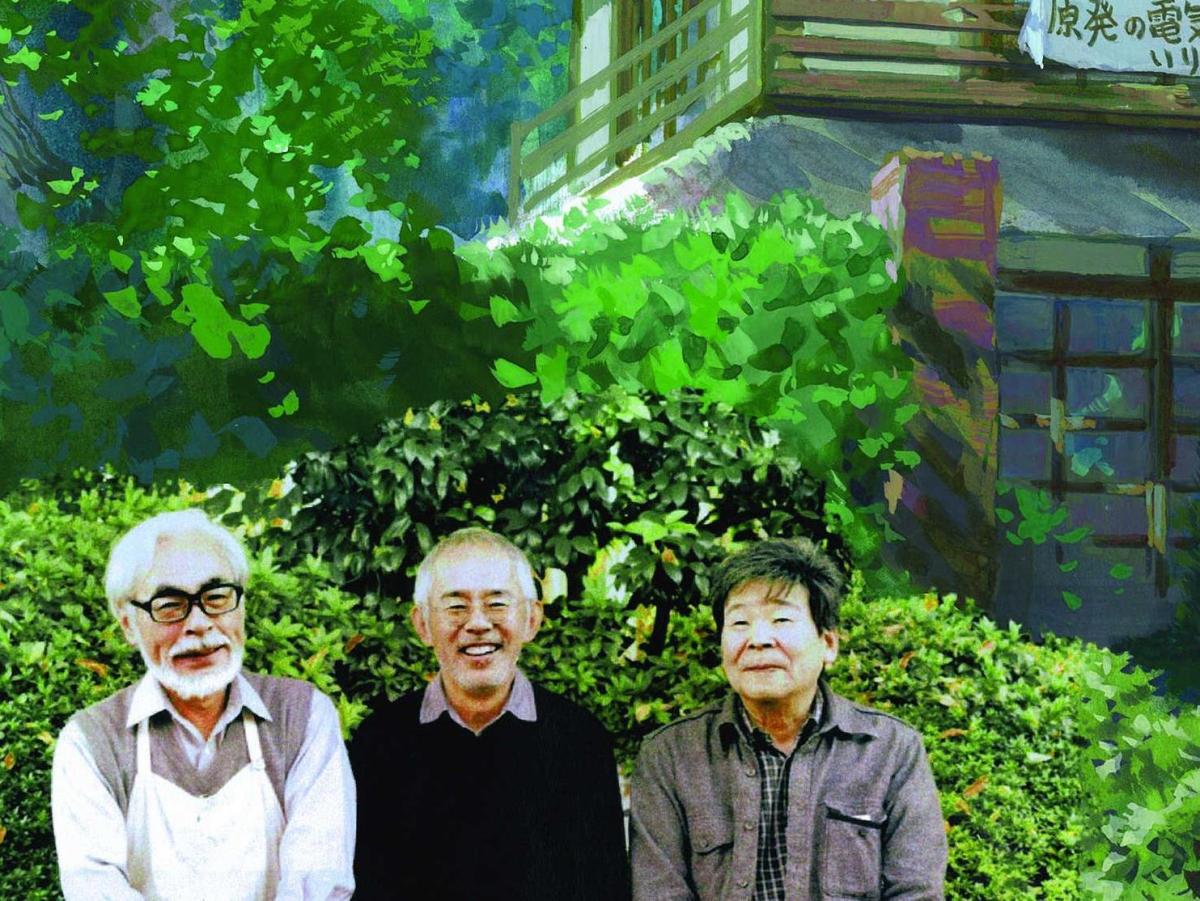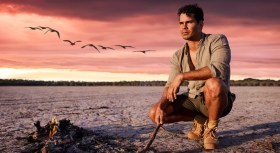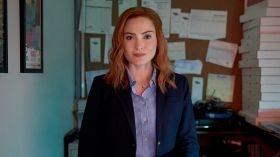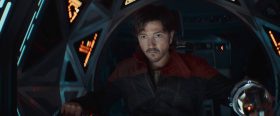Hayao Miyazaki talks as he animates: precisely, playfully, and with passion. Even fleeting moments of his time showcase his penchant for thoughtfulness and the value he places upon tradition – and The Kingdom of Dreams and Madness (Yume to kyôki no ohkoku) spends many in his company. Indeed, the documentary glimpse behind the scenes of his famed workplace is as beholden to Miyazaki as the studio’s own extensive, enchanting output. His words breathe life into an effort that does little more than lift the veil on a source of beloved films, but does so with affection and insight befitting its inspiration.
If ever there was a place where dreams are made; if ever there was a place where madness reigned – that place would be Studio Ghibli. Japan’s famed studio has become synonymous with beautifully animated features both anarchic and imaginative, capturing hearts and minds with their charm and humour. They have enlivened teenage witches with talking cats, siblings struggling during the Second World War, spirits swirling around a house, and a goldfish who wants to become a human girl, among other inventive creations. Filmmaker Mami Sunada (Death of a Japanese Salesman) delves into the resourceful realm that has wrought such celebrated cinematic fare, with Kiki’s Delivery Service, Grave of the Fireflies, My Neighbour Totoro and Ponyo among their output.
In the suitably simply made The Kingdom of Dreams and Madness, remnants of their hits litter the busy Studio Ghibli offices, with barely a minute of the feature absent a tell-tale token of their previous works. It is with the men and method behind the movies that the documentary’s focus sits, however, exploring their mission and its many manifestations. Miyazaki, his former mentor Isao Takahata, and their producer Toshio Suzuki founded the company nigh on three decades ago, and their presence – some substantially within the frame, others instead largely relegated to being referenced in conversation – is inescapable. Perhaps mirroring their public status, Miyazaki retains beguiling and commanding focus, Takahata is inscrutable and little seen, and Suzuki flits around busily in the background, making everything happen.
Filmed during the production of Miyazaki’s The Wind Rises and Takahata’s The Tale of Princess Kaguya, the documentary tells of not only success and ingenuity, but also process, lament and tension – and their many contrasts. Fame and fortune have sprung from Miyazaki’s dedication, toiling from 11am to 9pm daily except Sundays, though his is not the only hard work evident. As he spends days contemplating the perfect shape for a plane, or instructs his team in the right way to depict physical mannerisms, his animators draw and colour his movies, frame by frame, by hand. Takahata is more elusive, notorious within the studio for delays, and assigned a babysitter to help keep him on track; Miyazaki frankly advises that he has given up on him as a filmmaker.
The access afforded Sunada, and the candour Miyazaki expresses, arouses the same wide-eyed wonder that springs from Studio Ghibli’s features. With a casual air appropriate for an effort that deftly switches between the master animator sharing his love of stuffed goats in his modest home, the dedicated producer meeting about sales strategies and merchandising options, the company staff partaking in a daily calisthenics routine, and the resident cat, Ushiko, sunning itself in the rooftop garden, her up-close-and-personal portrait of the magic behind the magic evokes some of its own. Acting as her own director of photography, the composition of her unassuming, observational images is as unremarkable as their content proves the opposite, even when peppered with lingering asides honing in on the mesmerising minutiae. Hearing Miyazaki wax lyrical – and often wryly cynical – about his endeavours is an endearing, insightful and eye-opening treat, adding both comment and context to his and the Studio’s oeuvre.
Though fan indulgence typically threatens to temper such loving looks at already adored subjects, thankfully The Kingdom of Dreams and Madness is celebratory but never superficial, and reverential but also revelatory. Again, it is the formidable figures behind the films that furnish the documentary’s depth and delicate balance of meditation and mania, Miyazaki’s musings truly the thing dreams and madness are made of. The documentary must, of course, come to an end, but even after 118 minutes audiences will likely wish to remain a fly on Studio Ghibli’s walls for much, much longer.
Rating: 4 out of 5
The Kingdom of Dreams and Madness (Yume to kyôki no ohkoku)
Director: Mami Sunada
Japan, 2013, 118 mins
Distributor: Madman
Rated: PG
The Tale Of Studio Ghibli Showcase: Celebrating The Genius Of Hayao Miyazaki and Isao Takahata
OCTOBER 9-22
Melbourne / Cinema Nova
Sydney / Dendy Newtown
Canberra / Dendy Canberra
Brisbane / Dendy Portside
Hobart / State Cinema
OCTOBER 30 – NOVEMBER 12
Perth / Luna Leederville
NOVEMBER 27 – DECEMBER 10
Adelaide / Palace Nova East End
Actors:
Director:
Format:
Country:
Release:





